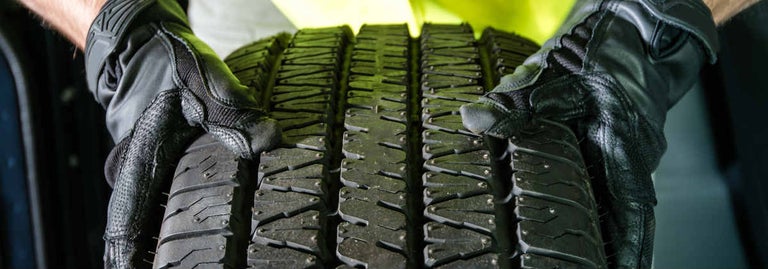As we all know, the price of fuel in New Zealand is extremely high and can fluctuate wildly. Some days it can cost you less than $1.70 per litre, but it can easily skyrocket to as high as $2 per litre. Due to the higher amount of taxes and levies on petrol here, filling up your car is much more expensive than it would be in other countries such as Australia. Therefore, it is particularly important for Kiwis to find ways to save money on petrol wherever possible.
You’ve probably heard all the fuel-saving tips before – drive as slow as possible, put it in neutral while going downhill, shift gears before 2500 RPM, and so on. You might be doing all of these things, but really, the savings you get from there are negligible at best. One of the best ways to save money on fuel is found in your tyres. Buying fuel-efficient tyres, as opposed to regular tyres, can make a huge difference in your petrol expenditure over the years.
What are fuel-efficient tyres?
Fuel-efficient tyres are basically another name for tyres with a low rolling resistance. Rolling resistance is the measure of “force at the axle in the direction of travel required to make a loaded tire roll”. In English, this means that rolling resistance measures how much effort the car has to make in order to roll the tyres along the pavement. So basically, tires with lower rolling resistance minimize the amount of energy (gasoline) required to move the car.
The lower rolling resistance, while saving on fuel expenditure, comes with several costs. First and foremost, the lower grip results in decreased braking ability and poorer corner handling abilities. Also compromised is the car’s wet weather capability. These reductions in safety are minor, and while the car will still be completely safe to drive, you will have to assess whether or not you are willing to take a punt in order to maximize your fuel savings.
How much do fuel-efficient tyres cost?
Nowadays, many tyre manufacturers offer tyres with fuel saving properties. They are quite commonplace in the market now, and thankfully, they do not cost absurd amounts of money that would negate the fuel savings in the first place. This is because fuel savers are a lot simpler than performance tyres to make, as they are a harder compound and require less technology. According to Energywise New Zealand, Energywise approved tyres cost roughly the same as regular tyres or less, with a difference of $25 per tyre for installation. If you install 4 energy-efficient tyres, you will be spending an extra $100.
Energywise also claim that fuel-efficient tyres can save you up to $500 over the life of your tyres, or up to 15c per litre. Determining if your desired tyres are good or not can be difficult, as it is hard to distinguish between quality fuel-savers and cheap, mass-produced rubbish. Therefore, it is recommended that you stick to the major brands in order to ensure a quality fuel-saver, even if they are more expensive. Alternatively, you can use the Energywise NZ toll to find tyres that have the EECA approval for both fuel economy and safety
The pros and cons of fuel-saving tyres
Determining value is a very personal thing, and obviously can vary depending on what you look for in a tyre. The attractive price tags and potential savings attached to fuel-saving tyres can be extremely tempting, but as we said before, these savings come with compromises. In a lot of cases you are compromising grip and handling ability for the sake of these savings. We’ve prepared a pros and cons list for you in order to summarise the good and the bad associated with buying these tyres:
|
Pros |
Cons |
|---|---|
|
Fuel savings of approximately 7.5% |
Low rolling resistance means handling and braking compromised |
|
Cheap entry price, tyres can be had for a bargain |
Fuel savings negated when a better tyre is purchased – a false economy |
|
Lots of choice in lots of sizes |
Poor wet handling and safety |
|
Better tyre durability in most cases |
Relatively poor ride comfort and quality |
You will have to determine for yourself if the potential costs of owning a fuel-efficient tyre are outweighed by the benefits. However, technology is always improving, and as a result, these tyres do too. Manufacturers are constantly looking to make tyres that are both fuel-efficient and as safe as possible, and if you stick to the list of EECA approved tyres, then you can find one that strikes a good balance between the two. Even if you aren’t looking to buy fuel-efficient tyres, it is definitely worth keeping an eye on them, as they are becoming more and more popular.
Where to buy them from
As we said earlier in our buying guide, it is recommended that you stick to reputable, high-profile brands when buying fuel-efficient tyres, as it can be difficult to distinguish between high and low-quality tyres unless you know what to look for. According to Priceme.co.nz, there are more than 20 different tyre manufacturers operating in New Zealand, so you have plenty of options.


Share this article